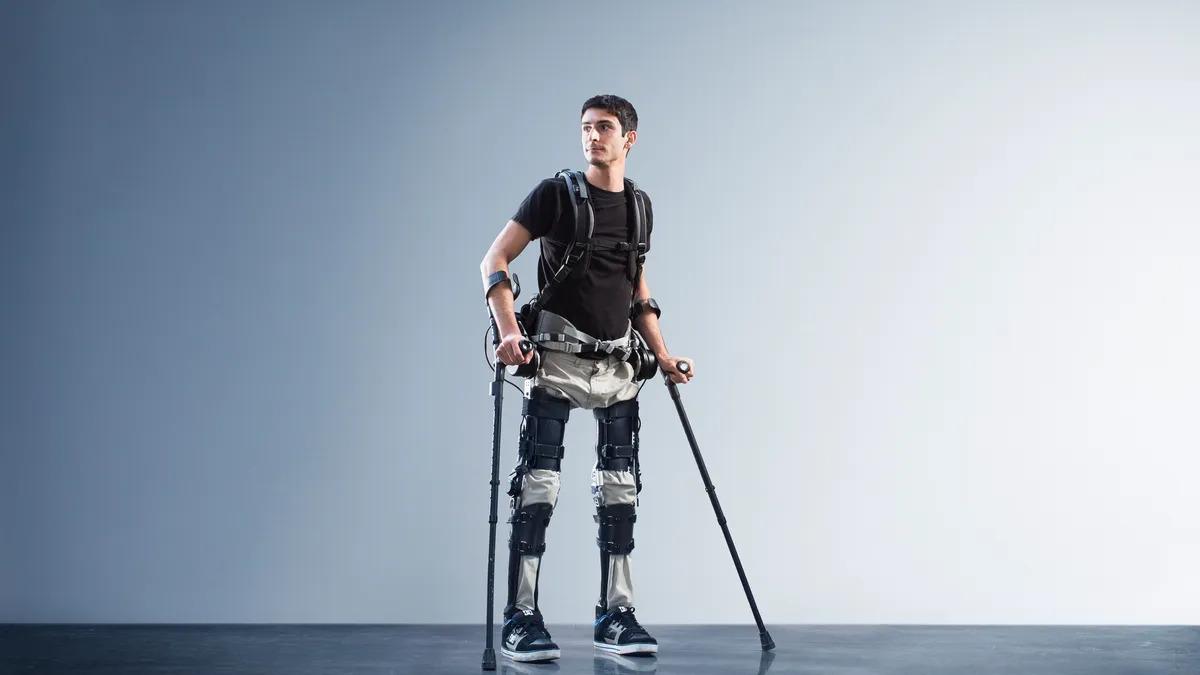Wearable Robot

Wearable robots, often referred to as exoskeletons or exosuits, represent a transformative fusion of robotics and human physiology. These devices are designed to be worn by individuals, providing enhanced strength, mobility, and support for various physical activities. In healthcare, wearable robots have emerged as valuable tools for rehabilitation, aiding individuals with mobility impairments to regain independence. By utilizing actuators and sensors, these devices can detect the user's movements and provide the necessary assistance, making strides in improving the quality of life for those recovering from injuries or managing conditions affecting mobility.
Beyond healthcare, wearable robots have found applications in industrial settings, where they contribute to the well-being and efficiency of workers. These exoskeletons assist with lifting heavy objects, reducing physical strain on the wearer and preventing fatigue. Moreover, in the realm of sports and training, wearable robots have become a frontier for performance enhancement, helping athletes refine their skills and push physical boundaries. The ongoing advancements in materials, sensors, and control systems continue to refine the capabilities of wearable robots, fostering their integration into diverse sectors and promising a future where human-machine collaboration takes on new dimensions.
-1706068439.jpg)